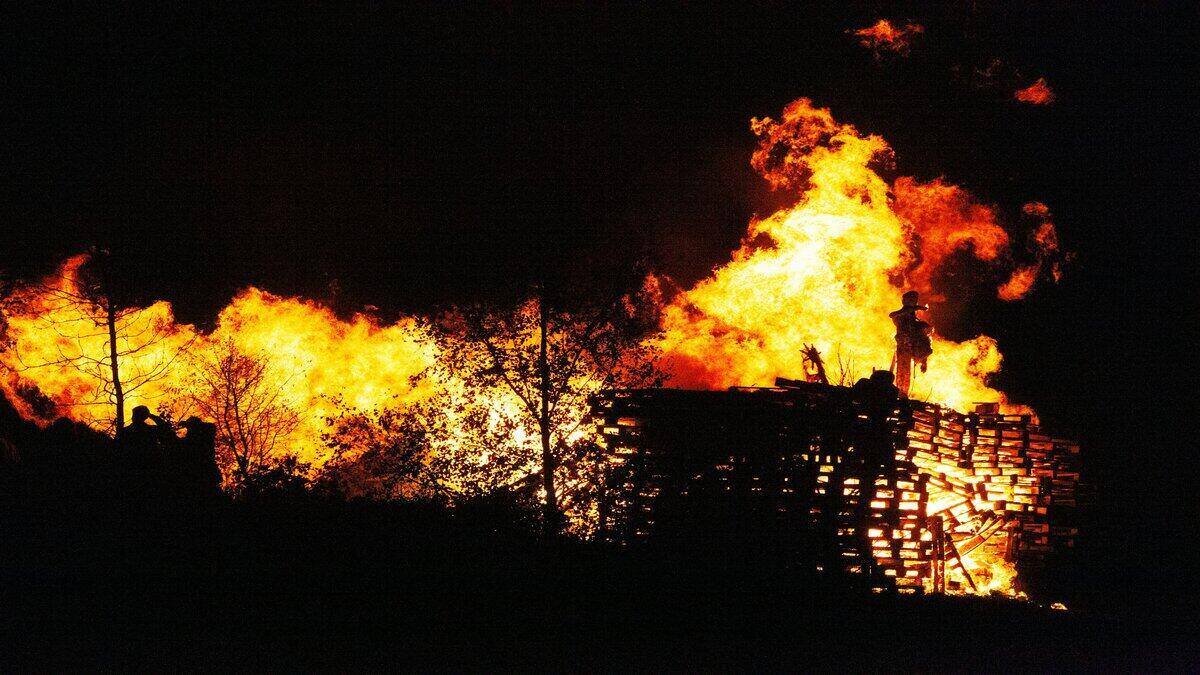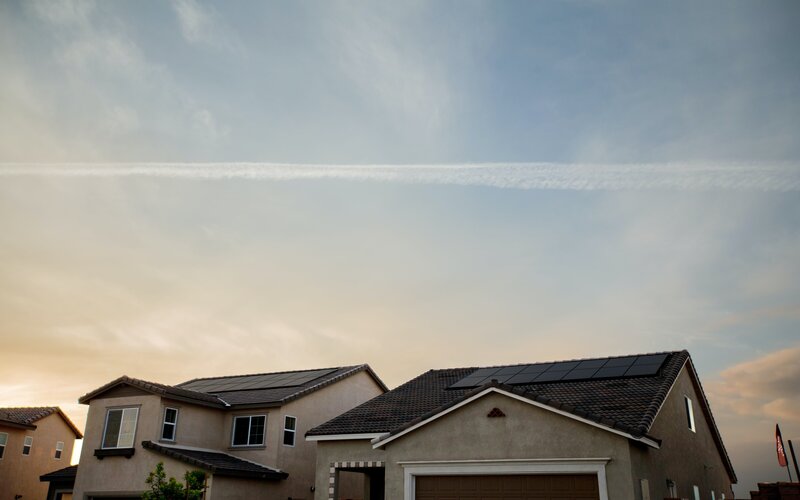The inflation rate has officially fallen for two consecutive quarters, coming in at 6% in the 12 months to the June quarter.
The news likely saw many borrowers breathe a sigh of relief.
In a roundabout way, the inflation rate can indirectly dictate how much interest is charged on home loans and other credit products.
It’s the job of the Reserve Bank of Australia (RBA) to control inflation, and it only has one tool to do so – the cash rate.
The cash rate determines how much interest banks provide savers and charge borrowers.
While it's good news that inflation is falling, the 6% annual figure revealed by the Australian Bureau of Statistics (ABS) on Wednesday is a far cry from the RBA board’s 2% to 3% target.
The board is set to meet on Tuesday to make its next decision on what to do with the cash rate, which currently sits at 4.1%.
There, the Board expected to contemplate two options: halt or hike.
The case for hike
The argument for another rate hike is simple: Inflation isn’t where it should be yet.
The RBA believes the annual consumer price index (CPI) figure – the way we measure inflation – needs to halve, at a minimum.
While we’ve managed to somewhat tame inflation, another hike or two might be needed to bring it to heel.
“The RBA faces a tough conversation next week,” eToro market analyst Josh Gilbert said.
Part of the difficulty comes from the fact that, while goods inflation – the cost of ‘things’ – is dropping, that of services isn’t.
In fact, services inflation hit a 20-year high in the June quarter, possibly due to wage growth over time, CommBank notes.
That might worry the RBA board enough to see it lift rates another 0.25% on Tuesday, according to Barclays researchers.
The case for hold
The case for holding the cash rate at 4.1% for another month is also clear – the 12 hikes put forward since May 2022 appear to be working.
Some experts are questioning whether further rate hikes would make much difference, or if they might cause more economic damage than necessary.
“Inflation in the services sector was largely driven by steep increases in the cost of insurance and rent,” CreditorWatch chief economist Anneke Thompson said.
“Further increases to the cash rate are going to have limited impact on price growth in these areas, and it is likely that the RBA board will take this into consideration at their meeting in August.”
At the same time, it’s worth noting that amid a dozen rate hikes, Australia has also been struggling through a housing crisis and its post-pandemic ‘return to normal’.
As Ms Thompson noted, rising rents are one factor driving still-high services inflation, and new creating more housing could help reduce housing costs for renters.
However, higher interest rates could see investors turning away from the housing market, thereby restricting supply of rental properties, CoreLogic economist Kaytlin Ezzy said.
Meanwhile, employment in the building sector remains high as a glut of construction, delayed by the pandemic, is carried out, according to Housing Industry Association (HIA) chief economist Tim Reardon.
Typically, low unemployment drives inflation higher, as it boosts wages and, therefore, spending. The unemployment rate came in at 3.5% last month – just 10 basis points off its near-50 year low.
“In May 2022, when rates started to rise, there was a record volume of building work in the pipeline,” Mr Readon said.
“This large volume of work has obscured the adverse impact of rising rates on the building industry and on the wider economy.”
Mr Reardon argues the RBA should wait it out to see what the passage of time does to inflation without further rate hikes.
What do bank economists predict?
According to the RBA rate tracker – published by the ASX – the vast majority of traders (86%) were expecting the central bank to hold the cash rate at 4.1% next week as of Wednesday’s session.
That marked a notable jump from 59% in Tuesday’s trade.
So, what do experts at the big four banks think the board will do?
CBA
On the back of the latest CPI results, CBA expects a hike on Tuesday, but none thereafter. The biggest of the big four forecasts the cash rate to peak at 4.35%.
Though, its holding out from making its final prediction until the ABS publishes the latest retail trade data on Friday.
Westpac
Prior to the latest CPI release Westpac forecast a 0.25% cash rate hike at the RBA’s August meeting.
However, it also noted that the inflation read will be critical to the board’s decision.
NAB
NAB is tipping the RBA to pause the cash rate at 4.1% on Tuesday.
It said the lower CPI read, as well as uncertainties of lags and the economic outlook considered when pausing last month, could lead to another hold.
ANZ
Over at ANZ, economists there think the central bank will take conform in falling inflation and hold the cash rate at 4.1% next month.
Its view is supported by the fact that “monetary policy operates with a considerable lag”. Meaning, we might have already tamed the beast, we just don’t know it yet.
Image by Alessia Cocconi on Unsplash





 Rachel Horan
Rachel Horan
 William Jolly
William Jolly


